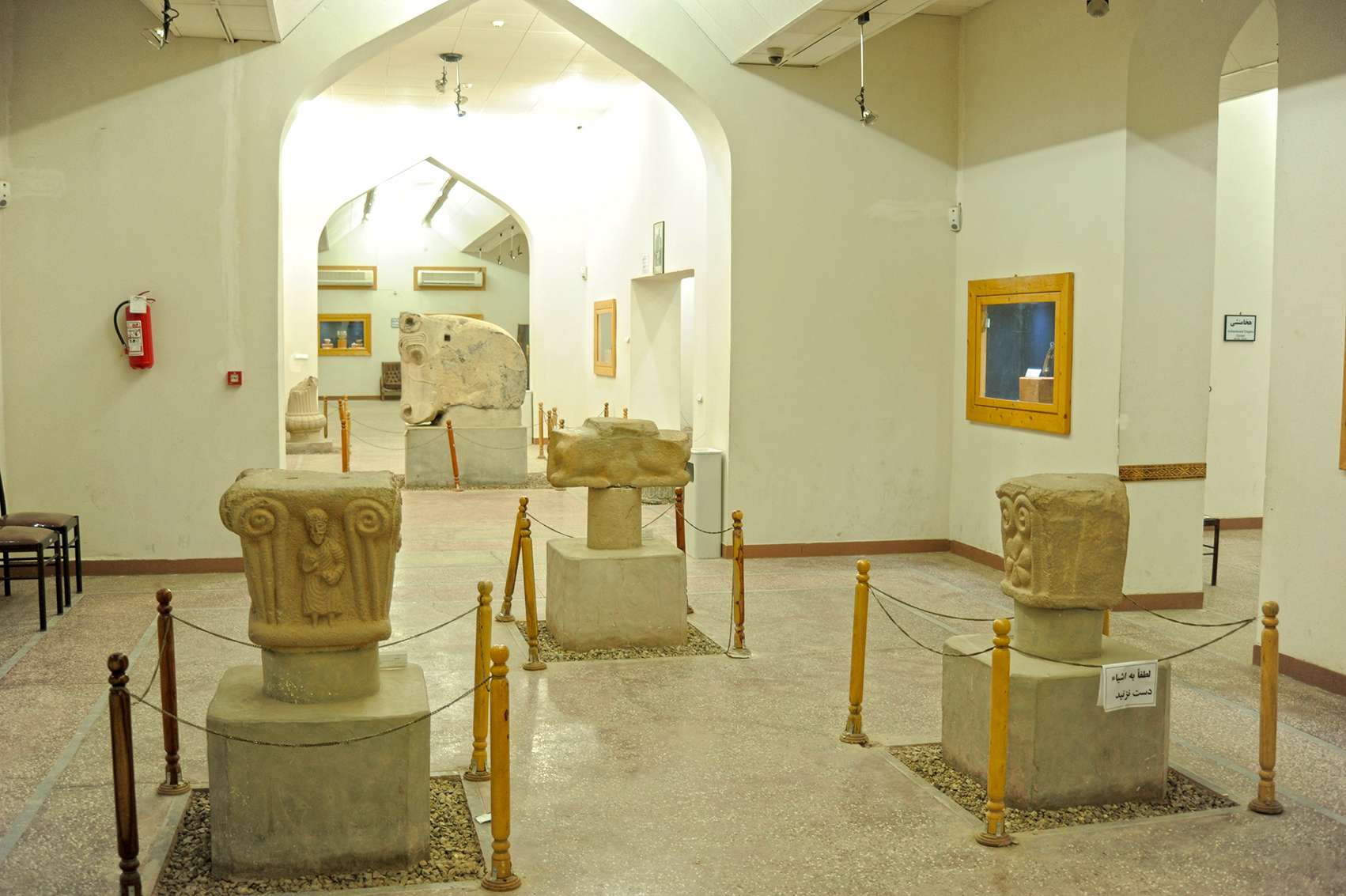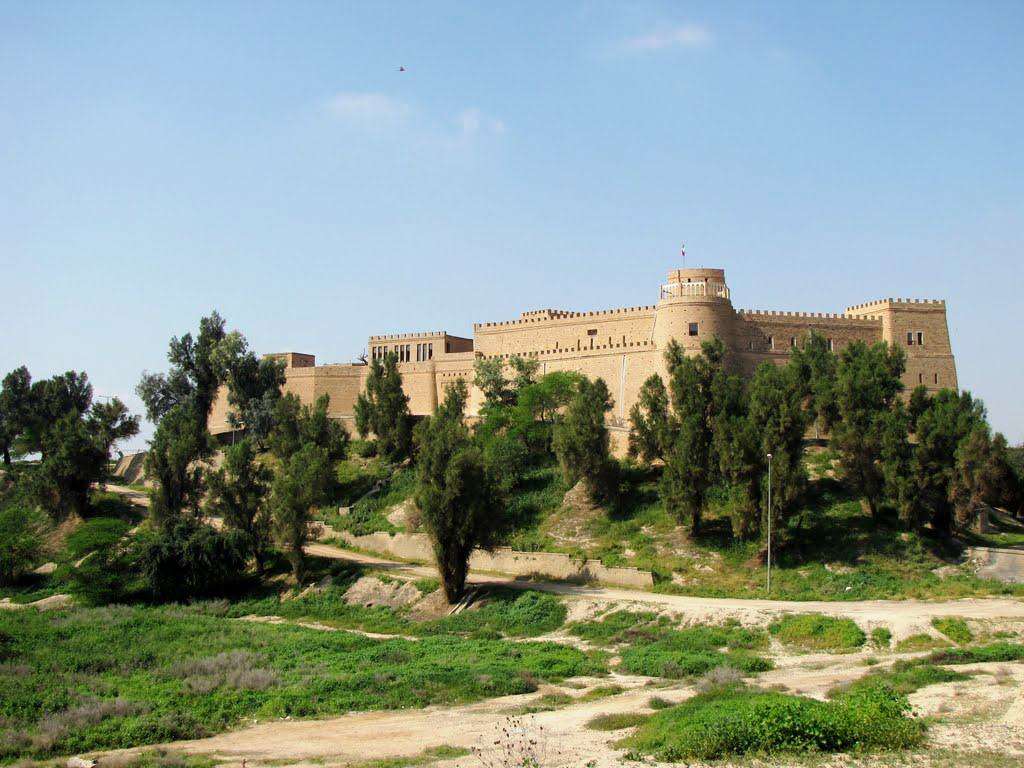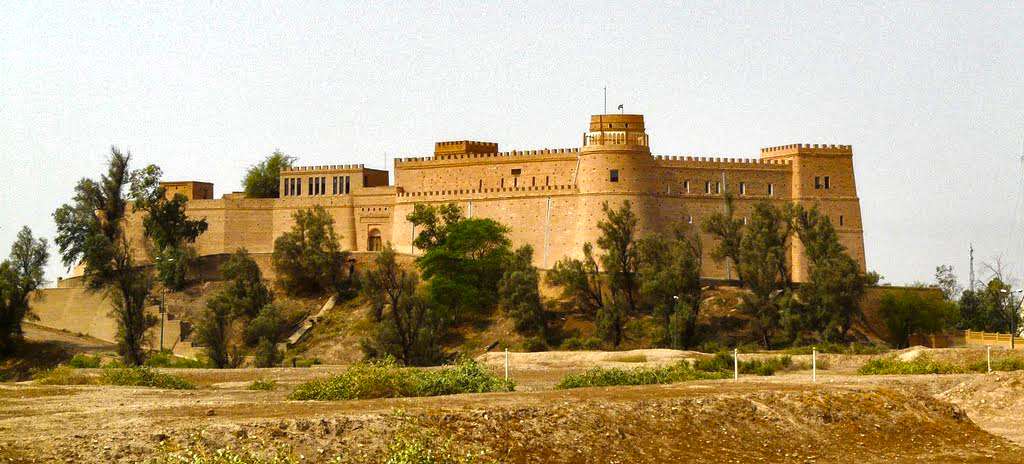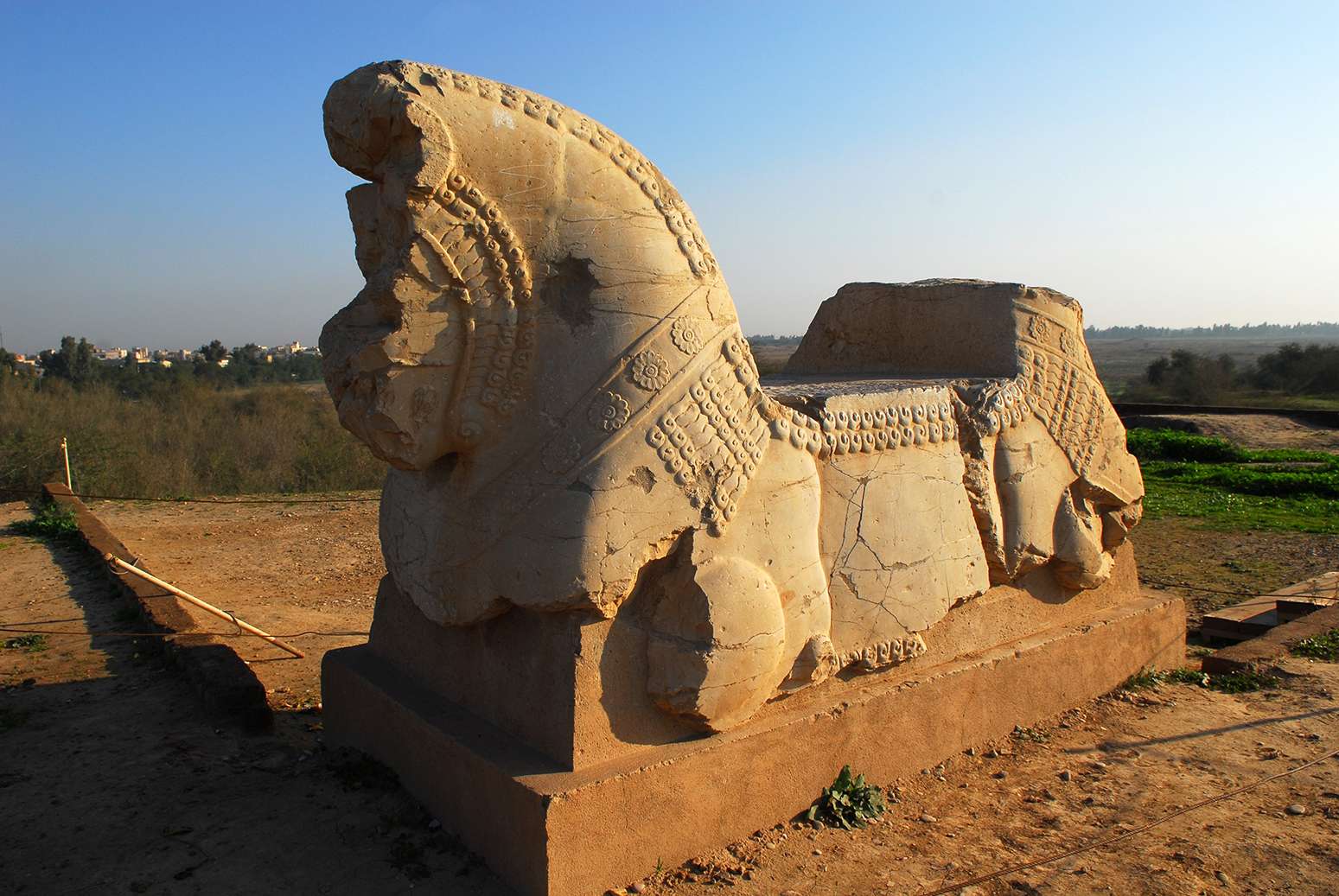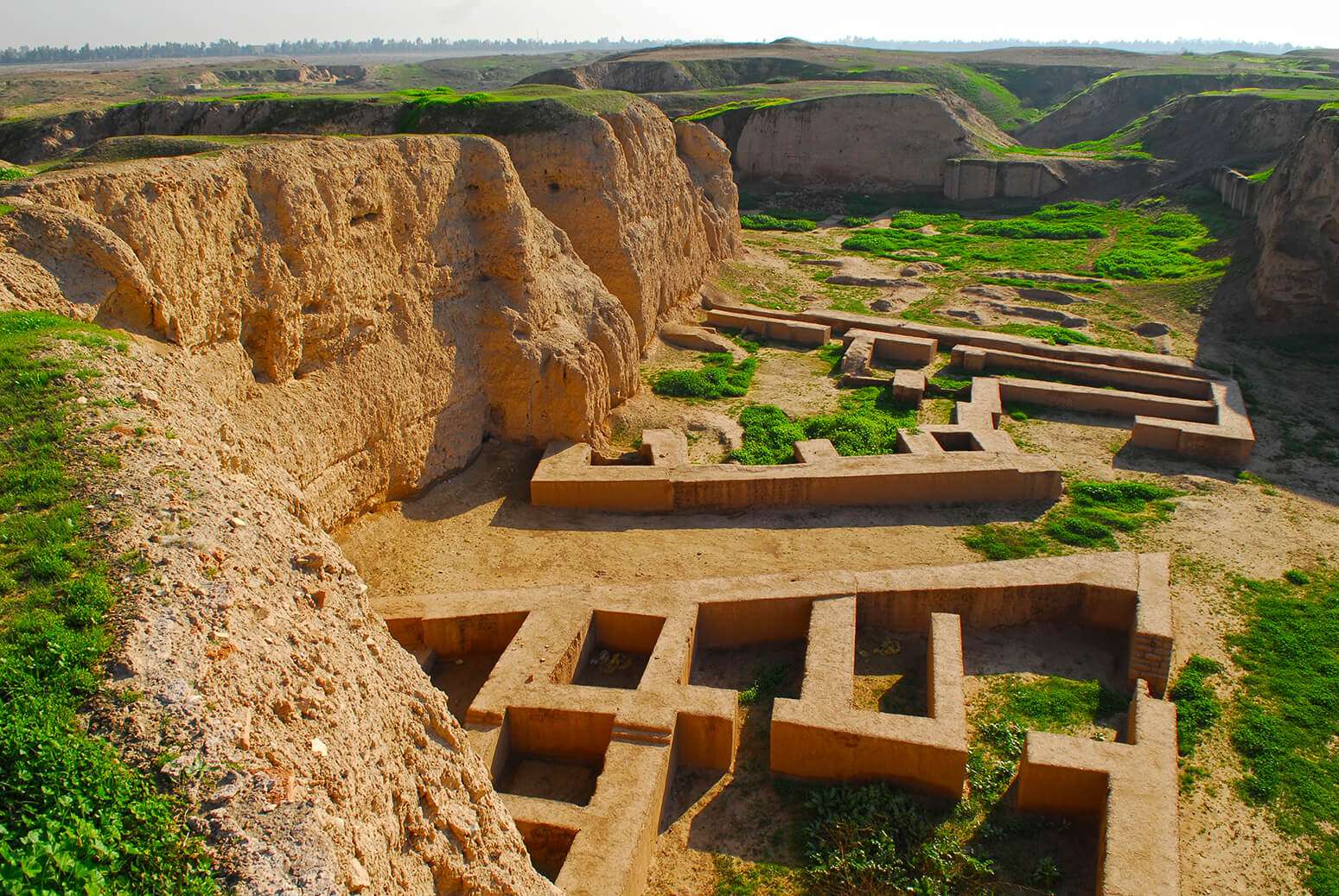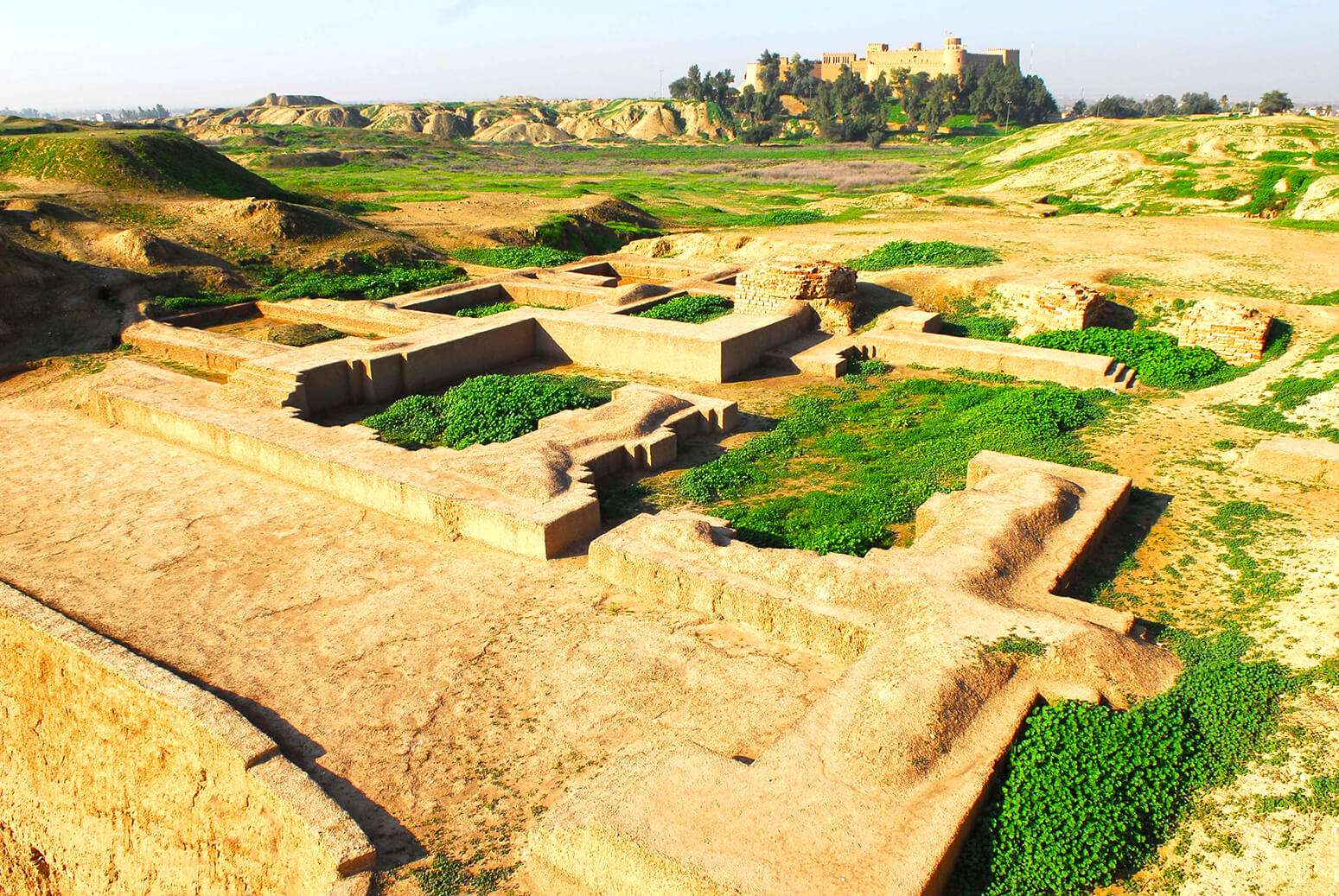Susa
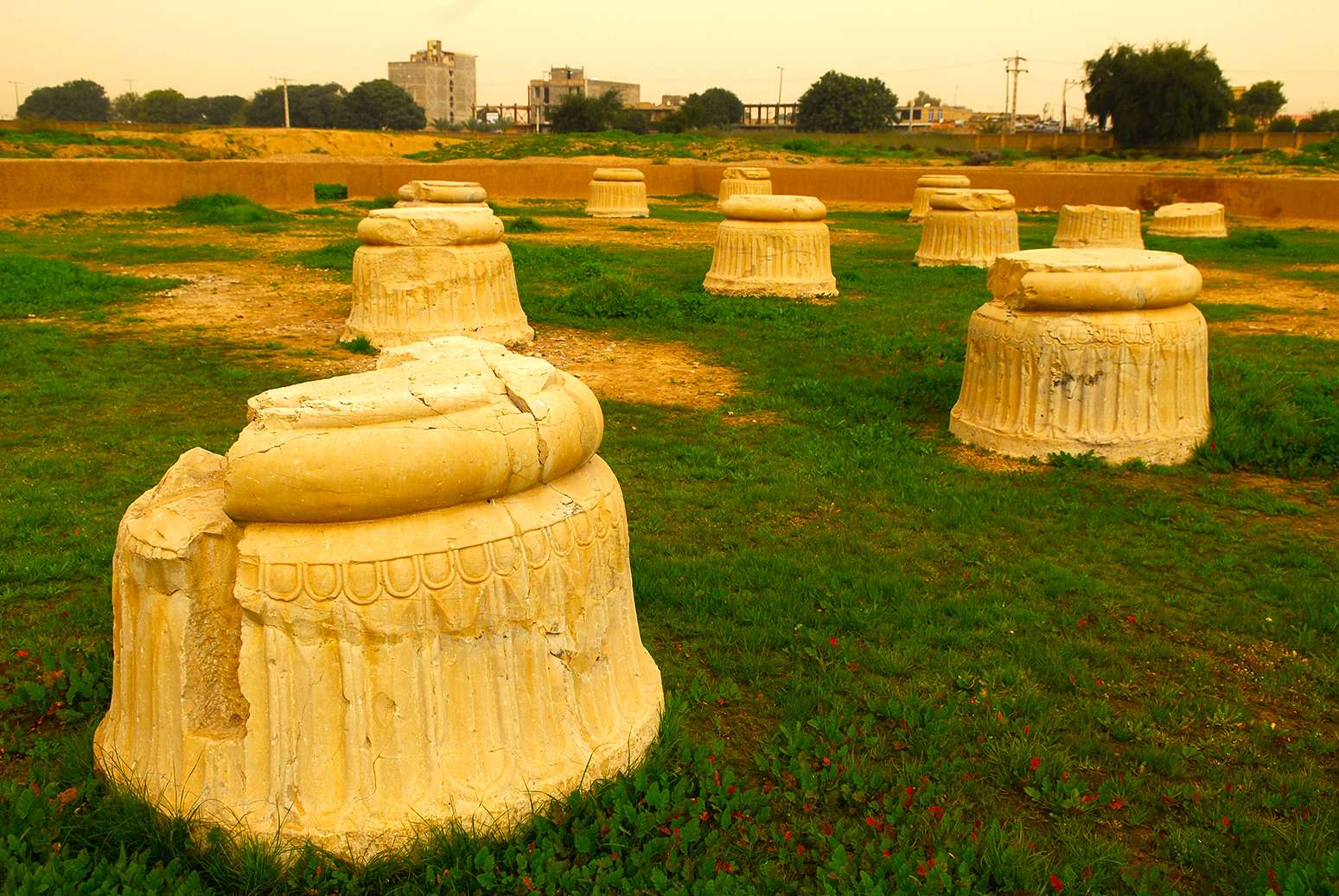
- Visiting
Susa in Shush
- ThemeHistory and Culture
- CodeIRSG1160
- Duration3 hr(s)
Browsing the archeological site in Khuzestan Province. The site consists of several mounds dating from the 5th millennium BC to the 13th century BC.
- Spring9:00-19:00 *
- Summer9:00-19:00
- Autumn9:00-17:00
- Winter9:00-17:00
* Best Time
Photos of the Susa
Explore the Susa
Susa
Susa was one of the political, economic, and
cultural centers of Elam, Anshan, and almost the entire Near Eastern world. Based
on archeological data, the early settlement of humans in this area dates back
to 7000 years ago. However, Susa became the center of Elam Civilization in 2400 BCE. From this date, the
history of Susa is divided into three phases: Paleo-Elamite, Meso-Elamite, and Neo-Elamite, each phase having its own cultural,
artistic, and industrial features. Later, in
640 B.C, Ashurbanipal, the Assyrian king, attacked Elam, and destroyed Susa. As
a result of this attack, Elam lost its previous glory, turning into a state
ruled by the Achaemenids.
The
construction of Susa and Persepolis, two Achaemenid dynasties, occurred almost
at the same time and Persepolis became the ceremonial capital of the Achaemenid
dynasty. Susa was chosen by Darius as an administrative capital of Achaemenids
due to its geographical position, its splendid history and its closeness to
Mesopotamian areas. Therefore, Darius was the first Achaemenid king who
designated Susa as his royal residence. Although, during the two centuries of
Achaemenid Empire, Susa remained their most important administrative center,
later in the Seleucid era, it lost its
function as the administrative capital; however, it remained a prosperous regional center. Later in the early Sassanid era (224-651),
Susa became one of the economic trading centers of the Sassanian Empire. However,
during the reign of Shapur II (310-379), Susa lost its prosperity due to the several
attacks by Romans. The only noticeable remaining from the Sassanid era is
a large building including a columned hall and three corridors. The highlights
of this clay building were its frescos, bearing the hunting scenes, which were
installed on the wall of the columned hall.
Geographically,
Susa is located near the three rivers of Dez, Tigris and
Shaur. It was surrounded by rich lands where agriculture, hunting and animal
breeding were vastly practiced. Susa started its city life about 4000 years ago.
In the city of the Elamite era, three sections are identified, including: the
Acropolis, the Royal city and the living quarter. However, the information about
the city in the Achaemenid era is only limited to the royal part of the city.
Susa is also
mentioned in some religious texts specifically the Bible, in the book of
Esther. It is said that Daniel, the biblical prophet, lived in Babylon but,
accompanied with the captured Jews, he was exiled to Susa and lived there up to
the end of his life. The mausoleum of
Daniel is now located in a place known as Shush-e-Danial by the Shaur River in
Susa which is a popular attraction among local Muslims and Iranian Jews.
Based on historical
data, Alexander visited Susa twice. However, he did not burn this city in his
furious fire, but chose it as his main residence for a while in 324 BC and
married there with two Achaemenid princesses.
Highlights
- Karkheh River
- Dez River
- Karun River
- Apadana
- Acropolis
- Museum of Susa
- Tomb of Daniel
- Palace of Artaxerxes II (Shavur Palace)
Karkheh River
Gihon is one of the four rivers flowing out of the Garden of Eden. And, while the exact location of the Biblical Garden is subject to many doubts, the river in question is assumed to be the Karkheh River, the birthplace of the most ancient civilizations, in the west of Iran.
Originating from the Zagros Mountain range in the west of Iran, the river passes over a length of about 755 kilometers and pours into the Hawizeh Marshes, on the border with Iraq. Karkheh has been present in several chapters of history, be it the ones as deep in time as including Elamite and Assyrian civilizations, or the more recent events during the Iran-Iraq war.
Dez River
Water means life. It has been the corner stone of every human settlement and has conditioned civilizations throughout the history. Apart from providing the water necessary for agriculture and animal husbandry, waterways have also served as important measures of trade, by facilitating the movement of the human beings across space.
It is by no means possible to deny the affluence brought to the Khuzestan province of Iran by its various rivers. This fertile piece of land has been considered as a part of the vast area where ancient civilizations such as the Elamites rose in power. Dez River is one of the various waterways of this region, originating in the Zagros Mountains and pouring into the Karun River.
The interspersion of water mills across several parts of the river is remarkable. These mills were used for grounding wheat and date back to the Safavid and Qajarid periods (16th to 20th centuries). Apart from the mills, the river is crossed with several bridges the oldest of which was built in the third century AD, standing to this date. Additionally, several sizable dams have been constructed over the course of the river serving several purposes such as producing electricity and controlling the water flow of the river.
Karun River
The heart of the Iranian Plateau beats with the rivers and water streams that flow across this land which rises to its peak in the Alborz mountain range, goes flat in its plains and deserts and falls deep in valleys over the land or in its seas.
These currents of water have fed life over the millenniums, where civilizations have risen to power and vanished in the pages of history only to give their place to other sovereign rulers, monarchs and emperors. The Karun River in Khuzestan Province of Iran is one such river which originates in the Zagros Mountains in the western Iran, at the height of 4200 meters above sea level. Passing through the mountains and valleys, the river makes its way to the plains of the Khuzestan province, whence it meets the Arvand-rud and pours into the Persian Gulf.
With a length of about 950 kilometers, the river counts as the longest, most affluent and the only navigable river of Iran. As such, Karun was a means of interaction between Mesopotamian civilizations, as most notably the Elamite civilization rose in power along the banks of this river, around 2400 BC. One of the first bridges over the river was built by the Romans, in the 3rd century AD, which is called Caesar’s Dam. Moreover, some accounts have it that the river was first mentioned in the Old Testament, in the story of Genesis, where the river referred to as Pishon is the Karun River.
Thanks to Karun and a number of other rivers irrigating Khuzestan Province, this region has been blessed with precious ecological features, giving rise to the human settlements in the area. The current has been flowing, all the way long as the silent and solemn witness to the highs and lows of history in an area which is famous in the world as the cradle of civilization.
Apadana
On the Apadana
mound, the northern mound of Susa, a residential palace is identified. This
Achaemenid palace, known as Apadana palace, had been built over the royal
palace of the Elamites. The name of Apadana
attributes to the hypostyle halls introduced by Darius I. The surviving remains
of such halls across Iran, like the Apadana palace in Persepolis, show that
Apadana structures generally followed the same consistent layout in different
places, consisting of halls 109 sq m wide, with 36 stone columns surrounded by
columned porticoes on the east, west and north.
This palace
along with its surrounding residential area occupied 5 acres. After Darius,
Xerxes continued the construction of this palace. However, in later years, it
was destroyed greatly, mainly by the fire in Artaxerxes I’s time which was
later renovated during the reign of Artaxerxes II.
The official
entrance to the palace, known as Gate of Darius, is similar to the Gate of All
Nations at Persepolis. The Apadana palace used to be decorated with marble
columns and glazed bricks in the Achamenid era. The walls were made of
mudbricks and the pillars were made of stones, both with the same height of 22
meters. As the most decorated palace in Susa, the exterior walls were decorated
with a repeated pattern depicting a woman, a tree and a man-bull. It is recorded that Darius was really
interested in this palace and ordered several inscriptions to be installed this
palace. The details of the construction and renovation of the palace is
inscribed on one of the columns of the palace in three languages.
Now the
splendid remnants of the palace are preserved in various museums across the
world.
Acropolis
Literally
meaning a high place, Acropolis included a sacred area reserved for sanctuaries
and a ziggurat in the Elamite time. According to the excavations attributed to the
Achaemenid era, Acropolis is believed to have been the treasury of the
Achaemenids. Between the years 1897-1910,
Susa was excavated by Jacque de Morgan and the Susa fortress, also known as the
fortress of Acropolis, was built as the archeological site of Susa. The current
structure was built by French archeologists during fifteen years, beginning in
1897, at the highest point of Susa in order to protect its precious items from
invasions. It is noteworthy that this fortress was built by the bricks of
Darius’s palace and several patterned bricks of Chogha Zanbil.
Museum of Susa
The museum of Susa, set on a vast garden, is located opposite to
the Tomb of Daniel. Opened in 1966, it hosts the items excavated in Susa since
the 19th century. Interestingly, the original building of the museum was
erected by the bricks discovered from Susa and Chogha Zanbil archaeological
sites. The mud brick building comprises two large halls (6 rooms) where the
items from the pre-Elamite to the Islamic eras are at display.
The most splendid items kept in the museum are a double-headed bull
capital discovered from the Apadana Palace of Susa, funerary clay masks from
Haft Tappeh and the statue of Hercules hugging a lion dating to the Parthian
Empire (3rd century BC), found in Masjed Soleiman.
Historically speaking, the first excavations in Susa, which were
the principal factors in the description of the city, were carried out in the
middle of the 19th century. Marcel Diuelafeu (1884), J. de Morgan (1890) and
Rolan de Macknom (1895) excavated Susa during 20 years. They uncovered numerous
objects, many of which were transferred to other museums across the world. The
most striking finding is a Proto-Elamite script, which has been recognized as
the oldest script found so far in Iran dating back to 3000 years ago.
The other iconic items that have been unearthed in Susa are the Hamurabi
tablet, the statue of Namirastum and the Susa vessels which are kept both in
the museum of Louvre and the National Museum of Iran (in Tehran). In addition,
some other items were found including the pottery wares, stone effigies dating
back to 5000 years ago and a big pottery lion statue dating back to 2000 BC,
which was probably the guardian of the temple. Other findings include a bronze
lion frieze dating back to the Achaemenid era, which is now being kept in the
Louvre museum and the statue of Darius, found near the entrance gate of Apadana
palace, which is now being kept at the National museum of Iran. The statue
bears a script on the fold of its dress, inscribed in three languages, Persian,
Elamite and Babylonian. The Egyptian style statue of Darius the Great is the
other relic discovered in Susa (in the 20th century) which is now in National
Museum of Iran.
Tomb of Daniel
Susa is also known for being the burial place of Daniel, the
revered prophet of Jews. Although, it was said that Tomb of Daniel could be in
other places (maybe in Iraq, Turkey or Tajikistan), many Jews believe that the
original tomb is the one in Susa. According to the ancient texts, Prophet
Daniel who lived in Jerusalem in the 7th century B.C, was taken and exiled to
Babylon by the Babylonian army. The young Daniel, who was believed to have the
understanding of all visions, gradually advanced in ranks in the court of
Nebuchadnezzar, the Babylonian king. His ability and vision to interpret dreams
made him a trustworthy person in the eyes of Nebuchadnezzar.
When Babylon was conquered by Cyrus the Great, Daniel migrated to
Susa and lived there for years. He was also a respected person in the court of
Achaemenes. Finally, when he wanted to travel to Jerusalem, he passed away near
the Shavur River in Susa. His exact burial place is not specified in Bible, but
according to the Islamic accounts and stories, his grave was considered a holy
place, and people believed in its miraculous power in the time of drought. They
used to bring the remains of his bones out, when they wanted to pray for rain.
This supernatural power attributed to Daniel was the reason people on the west and
east sides of the river constantly quarreled for having his grave on their own
side. Therefore, Abu Musa Ashʻari, the Muslim leader, ordered his coffin to be
buried in the middle of the river, so the both sides could be blessed with the
spiritual power. For centuries, the tomb was a sacred place for both Jews and
Muslims.
In the Qajar era (around 1870), the old tomb was destroyed by
flood. Sheikh Jaafar Shushtari, a Shia scholar, ordered the current tomb to be
built.
The current tomb marked by its pointed conical dome is located in
Imam Khomeini Street. The entrance is decorated with Iranian-Islamic tiling.
The structure consists of two courtyards with the tomb building located in
between. There is an octagonal pool in the middle of the front court. Both
courtyards are encircled with chambers used by the people who make a pilgrimage
to this site. The tomb’s building has an entrance door on the eastern side,
like any other holy place belonging to the Jews. The door is flanked by two
10-meter minarets. The inscriptions on the minarets bear the date of 1912. The
façade displays intricate glazed tile work. As mentioned above, the tomb is
topped with an iconic dome. The double-shelled pineapple dome with the height
of 20 meters, is the copy of the old dome dating to Seljuk era (10th century).
The conical indented domes which are said to be modeled after palm trunks, have
their roots in the vernacular architecture of the Khuzestan and Mesopotamia in
pre-Islamic era.
Inside, the walls are decorated with mirror work to the ceiling and
the floor is covered with marble stones. The latticed metal enclosing (zarih)
is located in the middle of the building. As a tradition, the grave is not
located on the same level, but in the basement. To access the grave of Prophet
Daniel, on the left side, there is a stairway leading to a roofed yard in the
southern side of the building. Passing a vestibule, you will enter a 7 * 7
meters room where the grave is located. The grave is covered with carved marble
stone. There are concrete masonry units covering the floor which are movable.
Interestingly, by moving the units, one can see the Shavur River flowing under the
building. Locals believe this water is sacred.
Palace of Artaxerxes II (Shavur Palace)
Around the 1960s, the remains of an Achaemenid
palace were discovered by accident. Located on the Western side of the Apadana
Palace and the western bank of Shavur River, the palace was the retreat of
Artaxerxes II, Son of Darius the Great, according to the inscriptions written
on the column bases in three languages of Old Persian, Elamite and Babylonian.
Artaxerxes II (r. 404-358 B.C) built this
palace next to his father’s palace (Apadana Palace). During the excavations,
the remains of a columned hall with the dimensions of 60.34 * 50.37 meters were
unearthed. The evidences show that the original layout used to display 64
columns (8 by 8) with stone capitals similar to those of the Apadana palace,
but smaller in size. The 10.9-meter wooden columns were nicely painted. In the
middle of the northern wall, there was a door connecting the hall to the
northern columned portico.
Important Information
Additional Info
The museum of Susa is open from 9:00 AM to 7:00 PM
Susa Castle is open every day except on the national holidays (only the religious mourning days) from 8:00 AM to 8:00 PM during the spring and the summer and from 8:00 AM to 5:30 PM during the autumn and winter.
Cost Info
- traditional foods in shole restautant -
